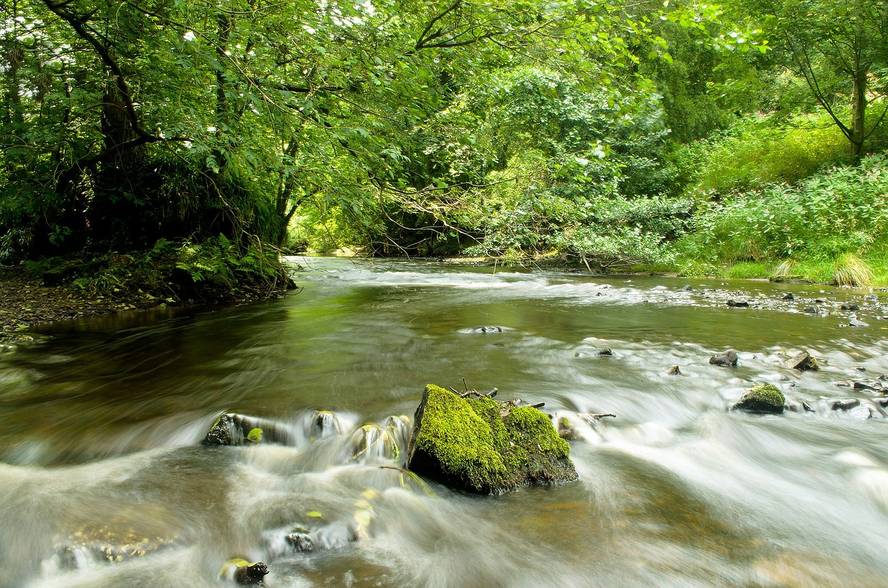Call for joint addressing biodiversity and climate crises
50 scientists from IPBES (Intergovernmental Platform for Biodiversity and Ecosystem Services) and IPCC (Intergovernmental Group on Climate Change) have issued a report with a clear message: to solve biodiversity loss and climate emergency it is essential to address them jointly.
One of them is Unai Pascual García de Azilu, who states that at the root of both phenomena is human activity, both have social consequences and both must seek a joint solution. They also report the main tasks to be performed for this purpose. First, stop the degradation of carbon-rich ecosystems and species, both aquatic and dry. It is estimated that by curbing deforestation and forest degradation, greenhouse gas emissions would decrease by 0.4 to 5.8 gigatons equivalent to carbon dioxide per year.
They have also proposed the restoration of these ecosystems, highlighting the benefits that this would entail: the regulation of floods, coastal protection, the improvement of water quality, the reduction of soil erosion, the guarantee of pollination… In addition, they consider that it would also contribute to the creation of employment and income, especially if the needs and rights of indigenous and local peoples are taken into account.
They have also focused on agriculture and forestry. Among other things, the increase in the number of different species for food and forestry, soil protection and reduced fertilizer use would mean a reduction in greenhouse gas emissions of between 3 and 6 gigatons.
On the other hand, it is considered necessary to expand protected areas. Currently only 15% of the land and 7.5% of the seas are protected. To improve climate and ecosystems should be protected between 30-50%. In addition, protected spaces should be connected to each other.
They call for the elimination of subsidies that support activities that harm the environment and climate, and for beneficial actions to be promoted. It also warns that possible technological solutions that can be effective in alleviating the climate emergency can pose a risk to biodiversity. On the contrary, the need to consider local initiatives is reiterated.
The report details many other aspects related to climate and biodiversity and sets the basis for change taking into account society.






